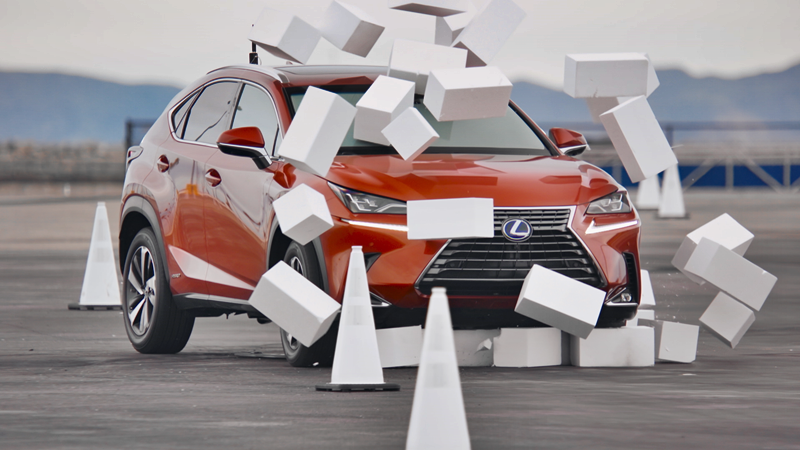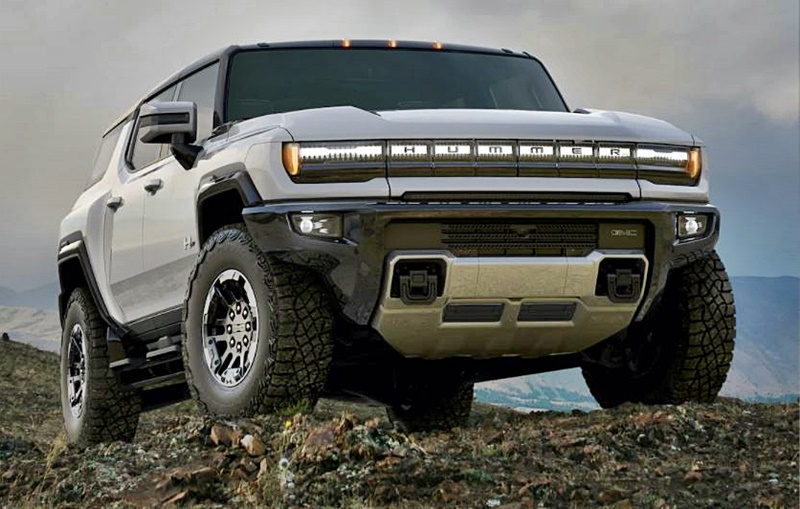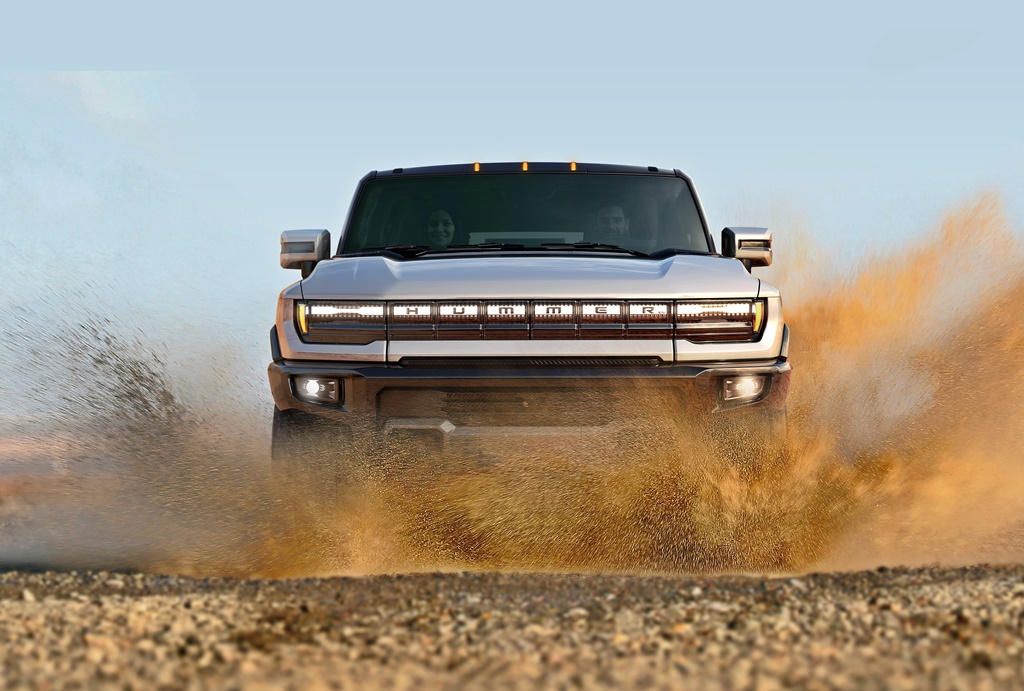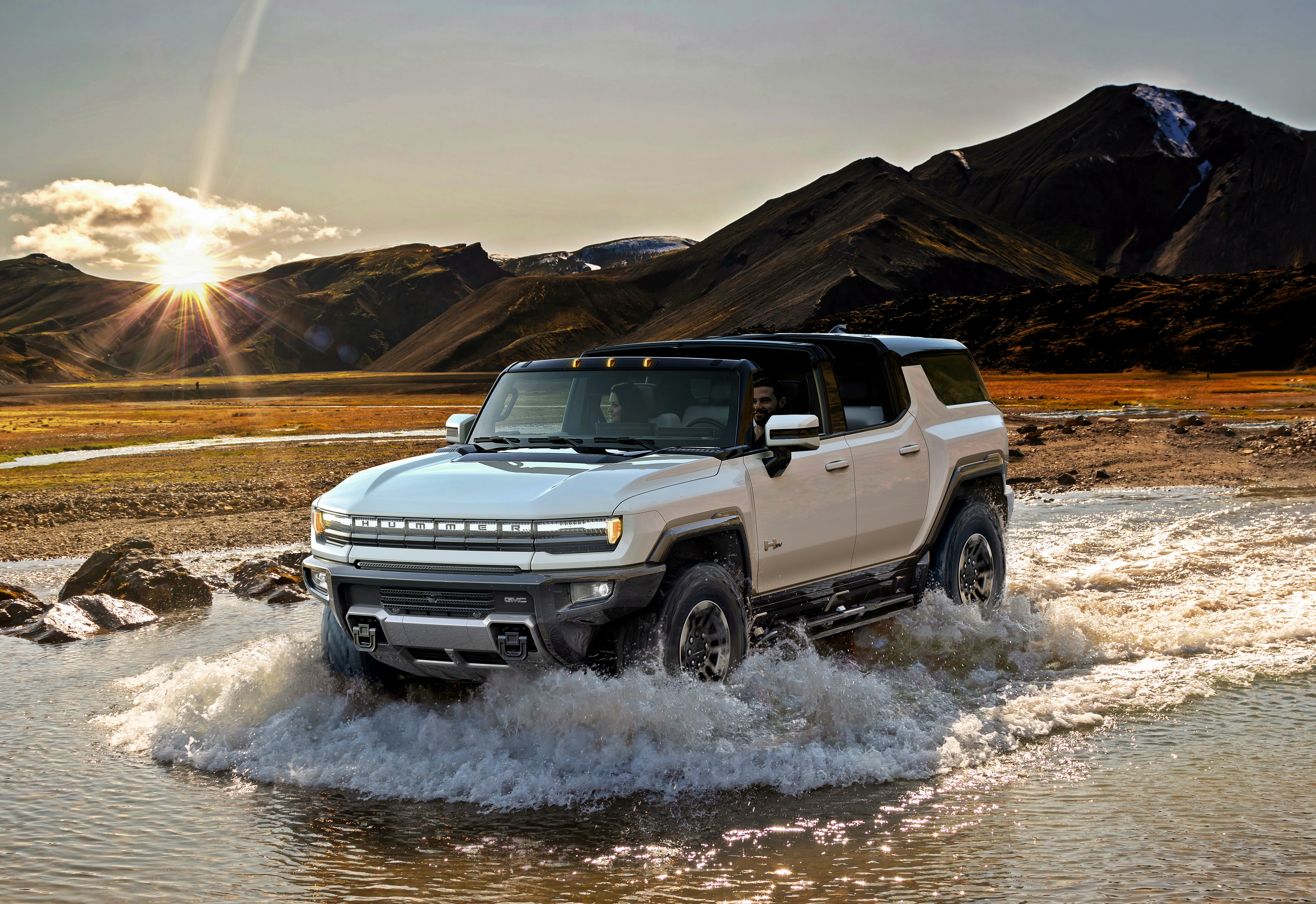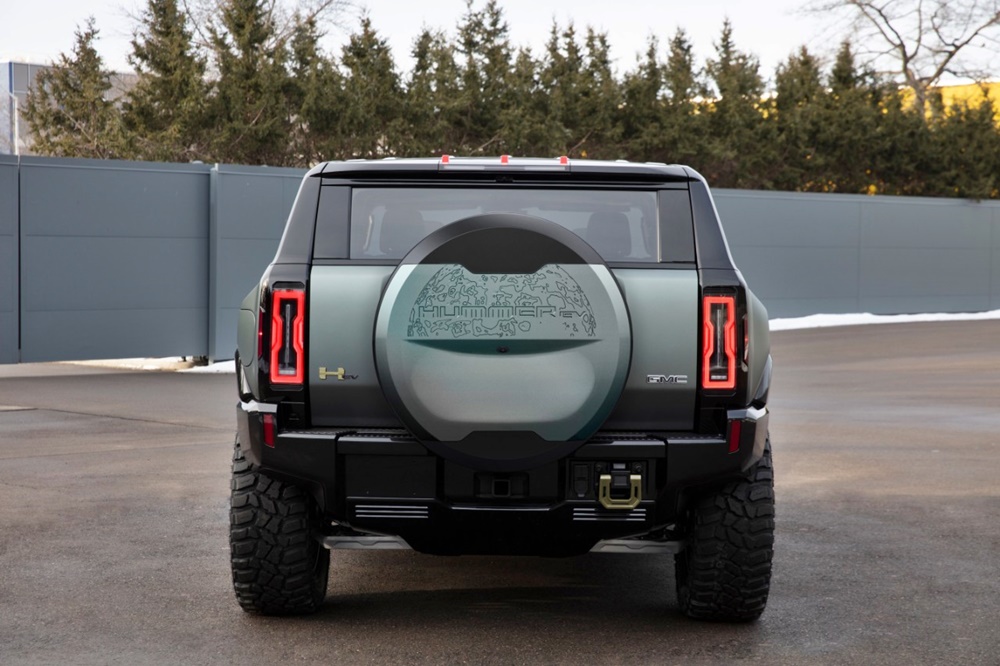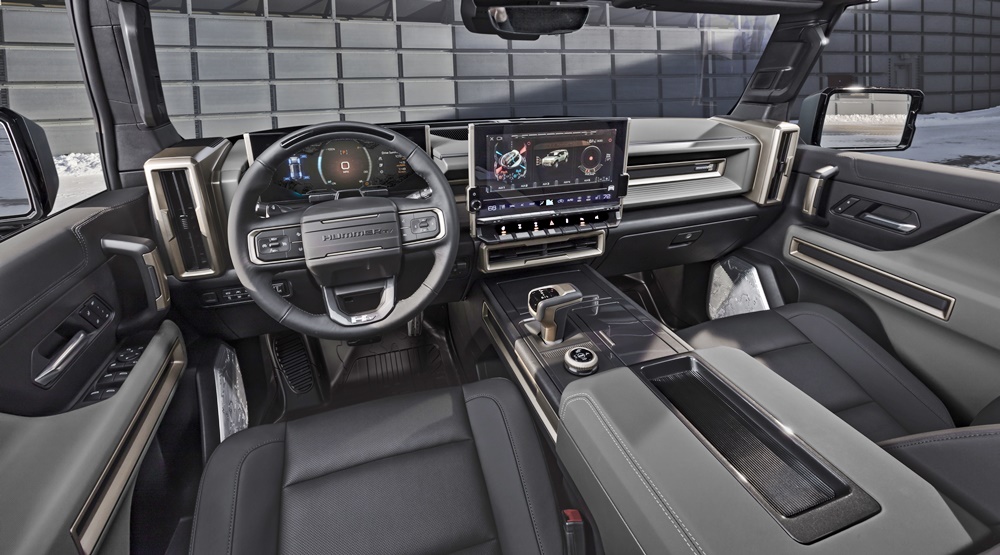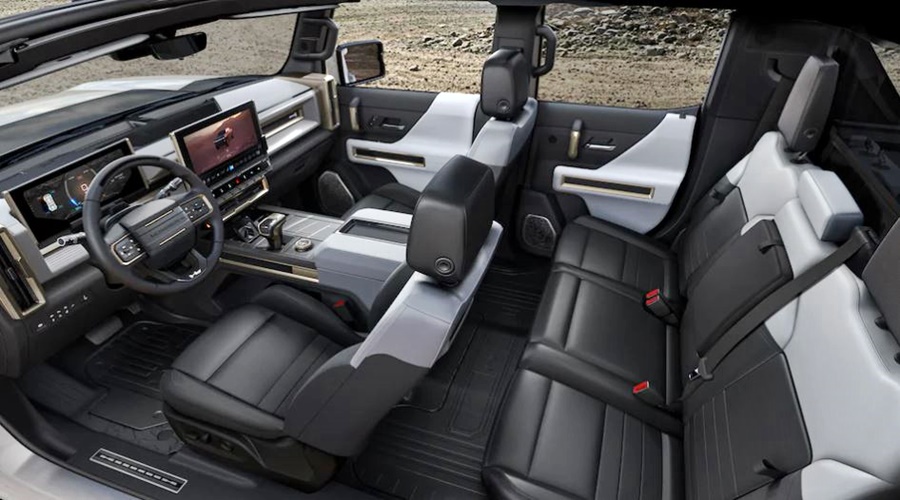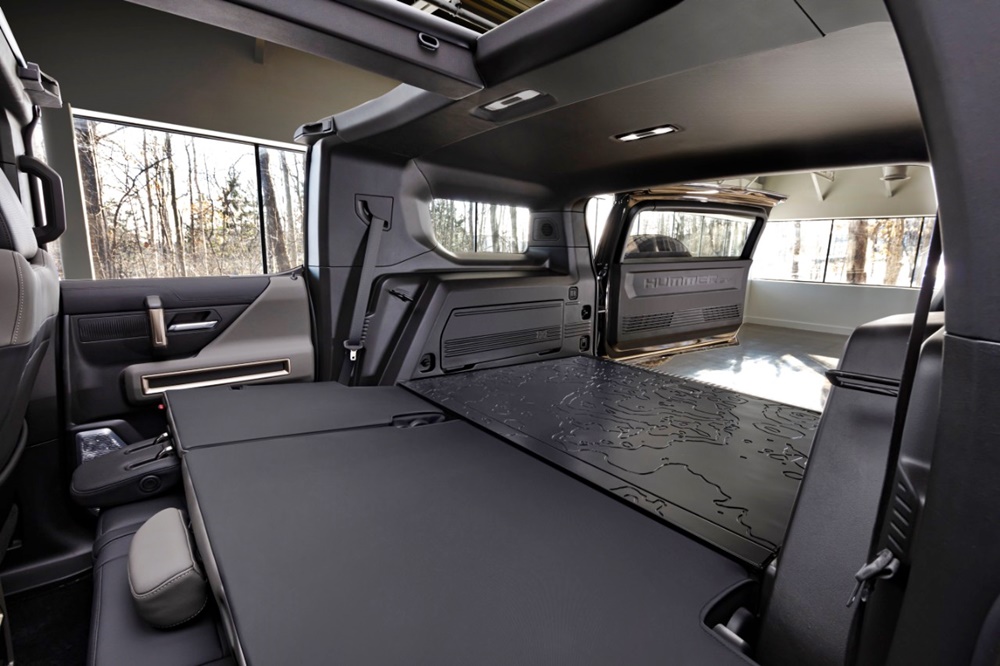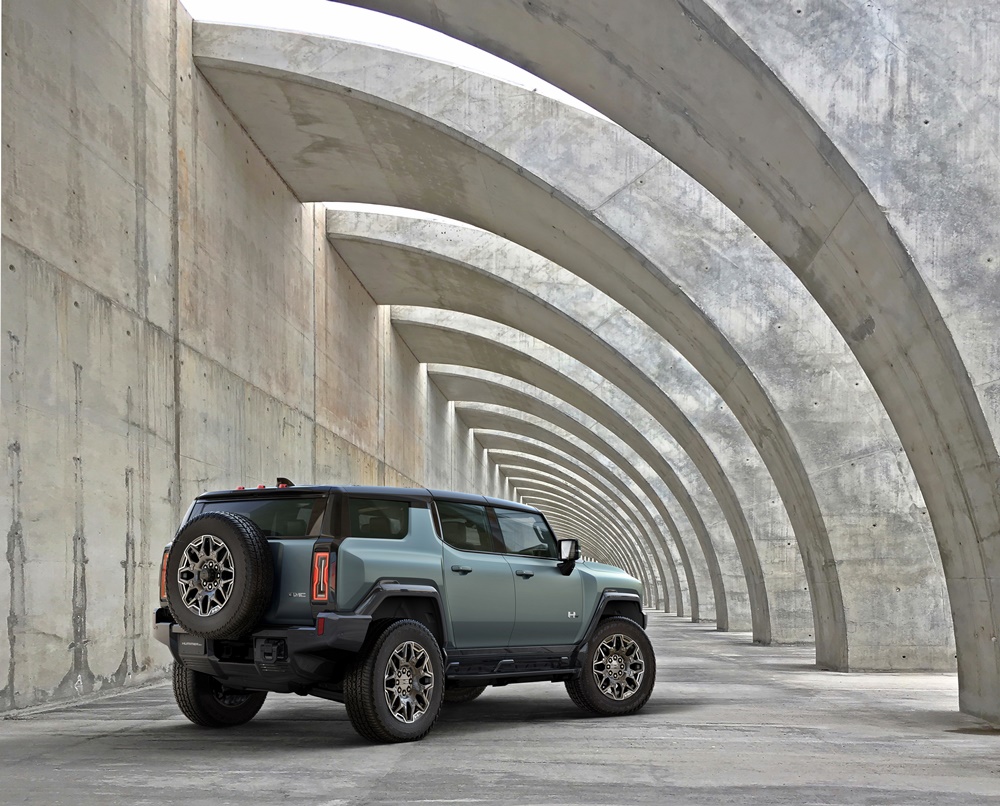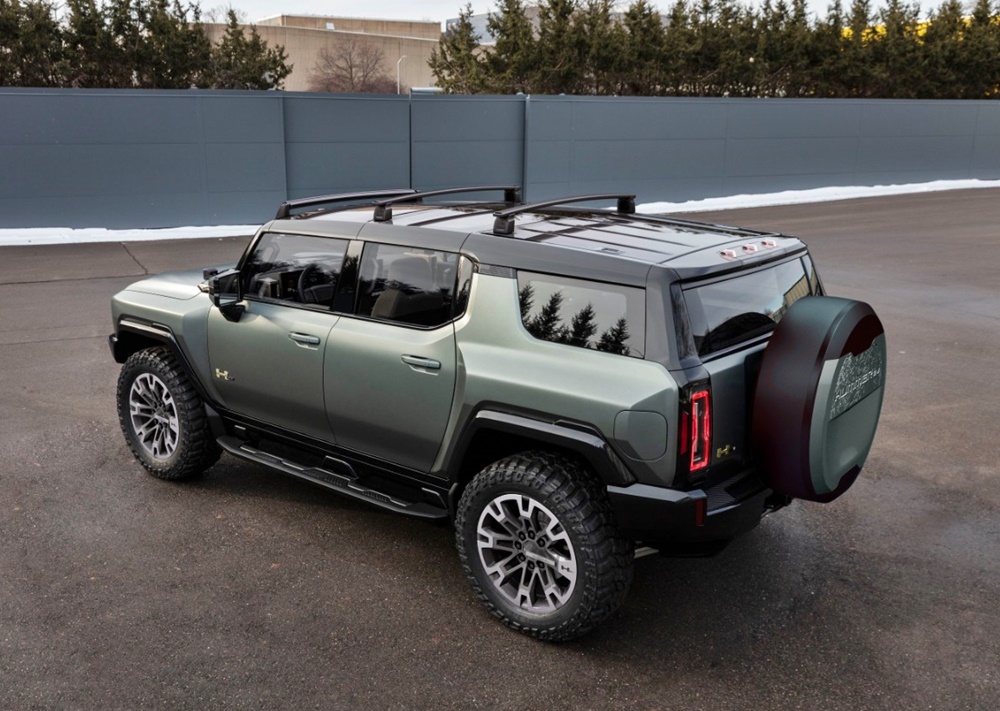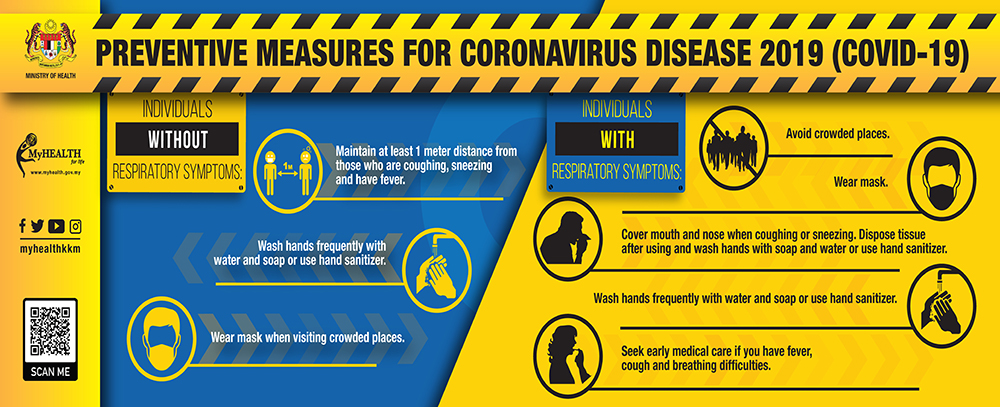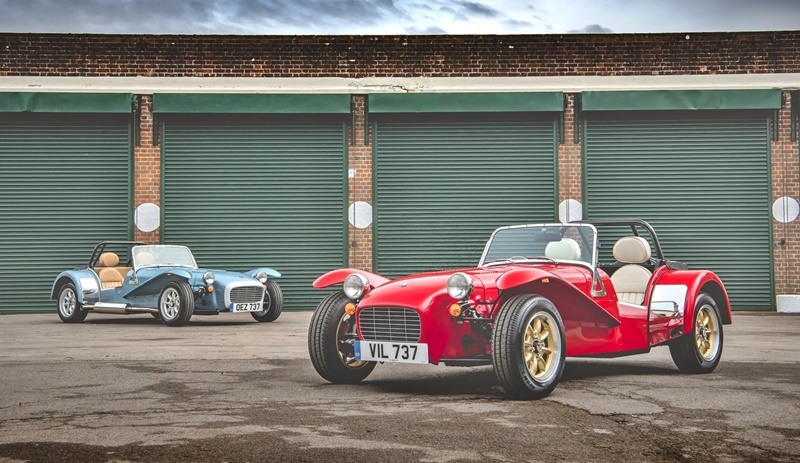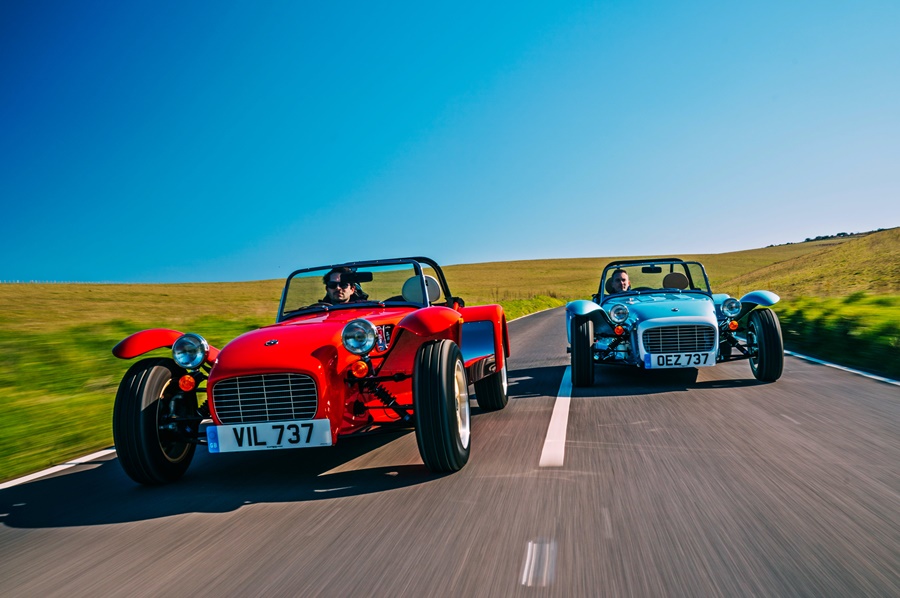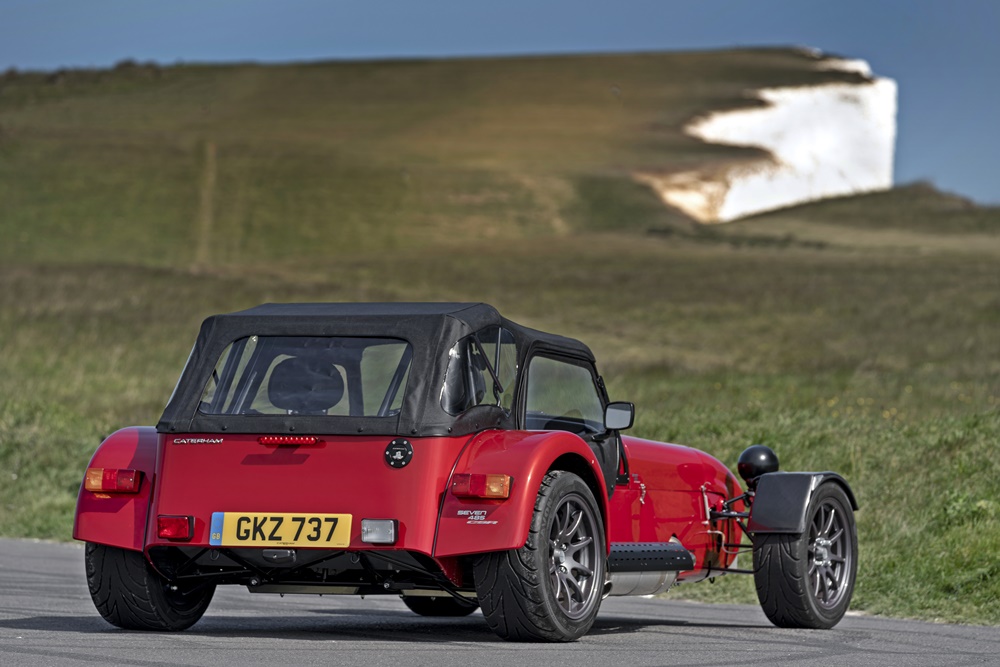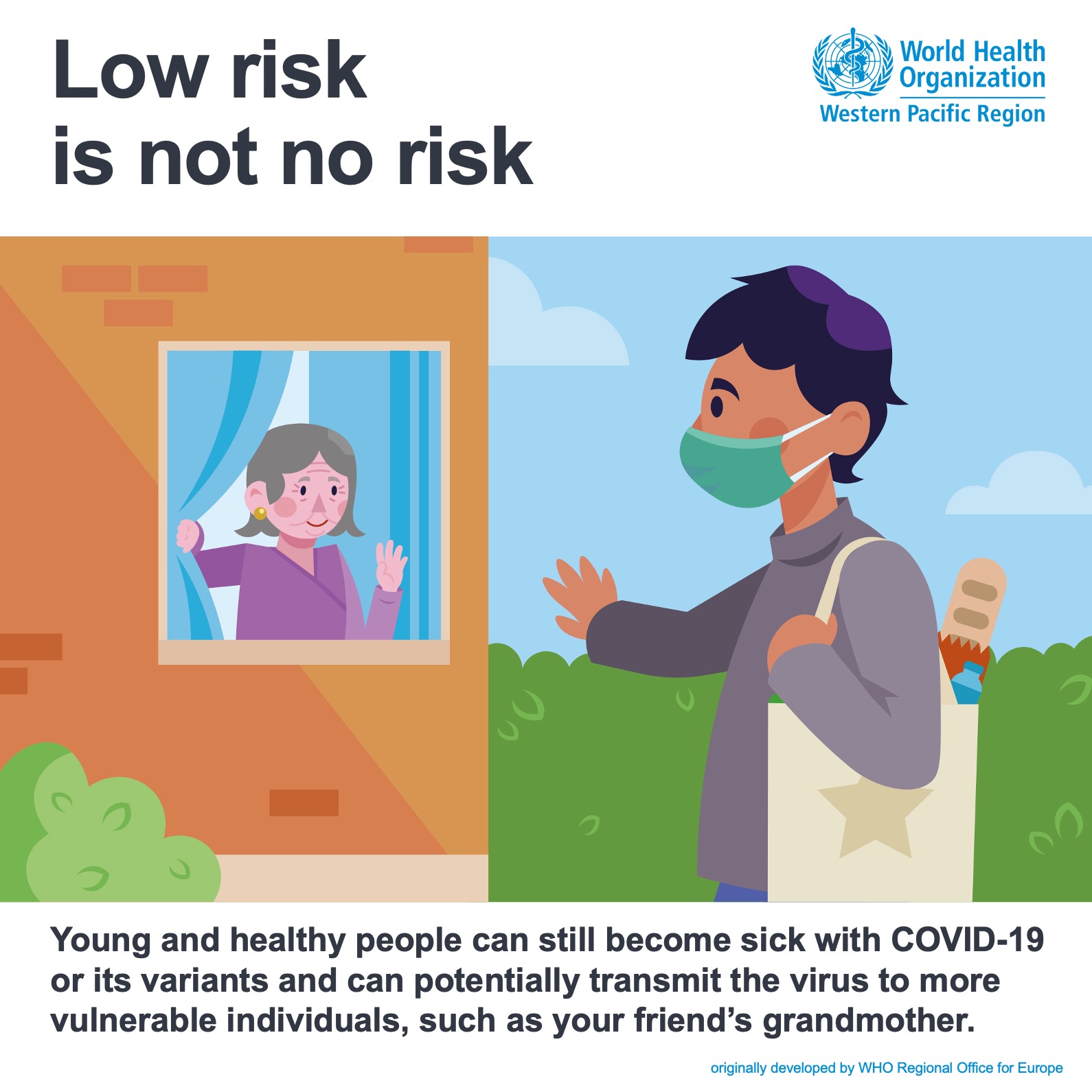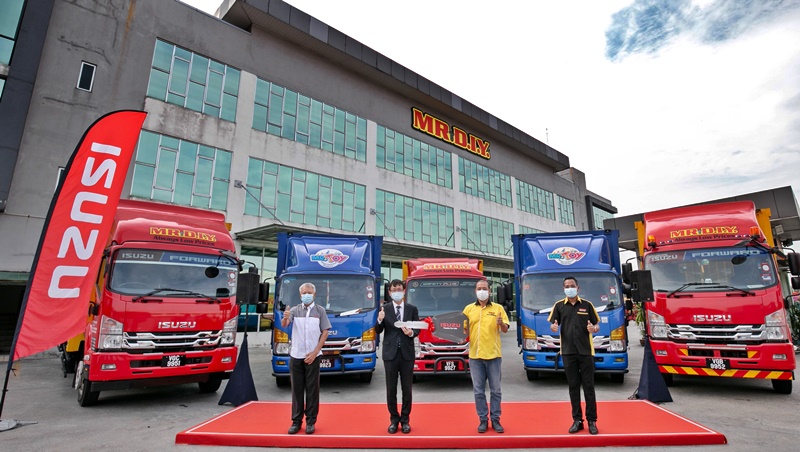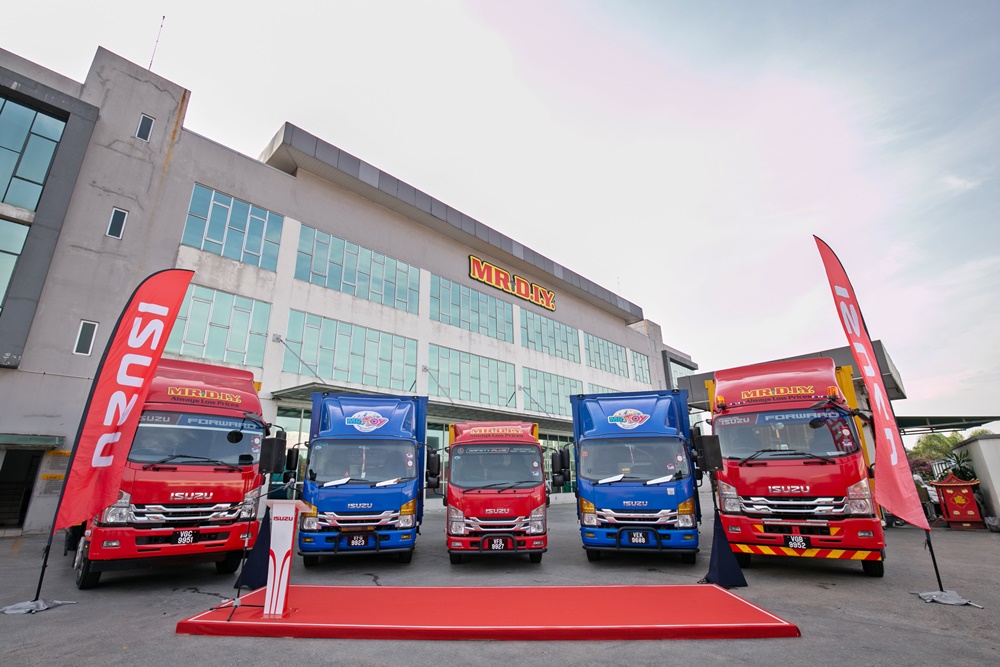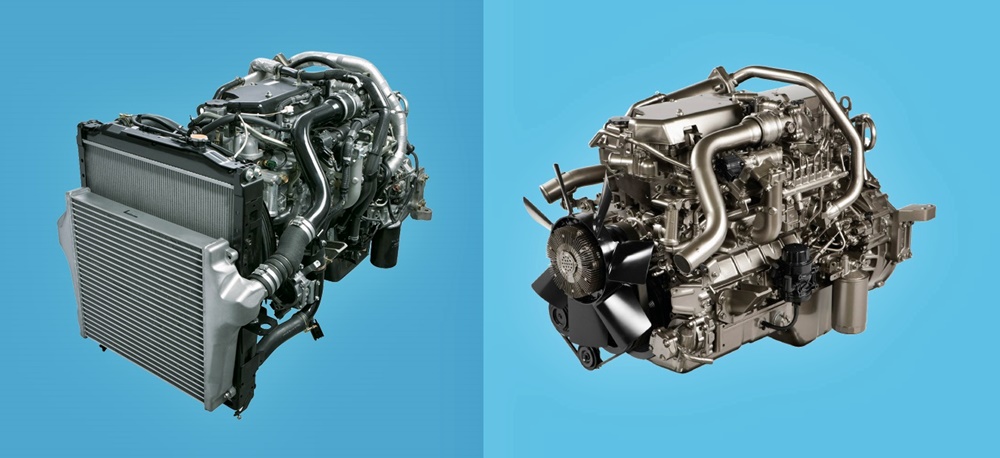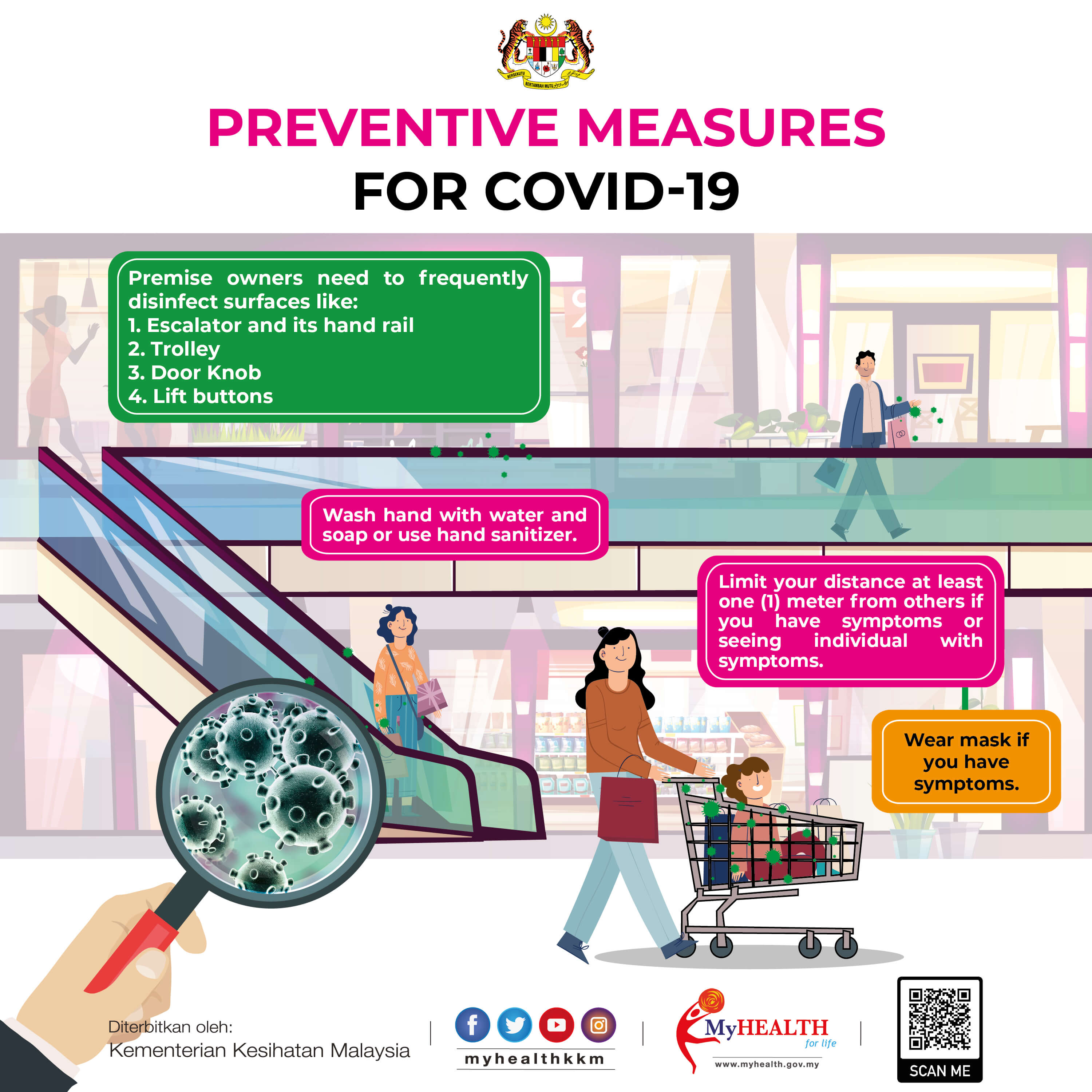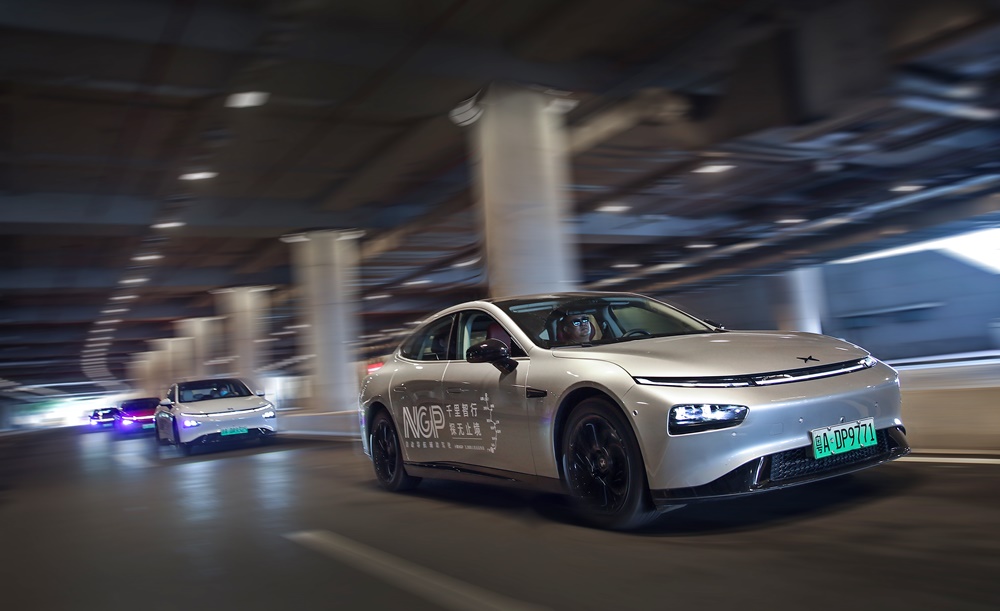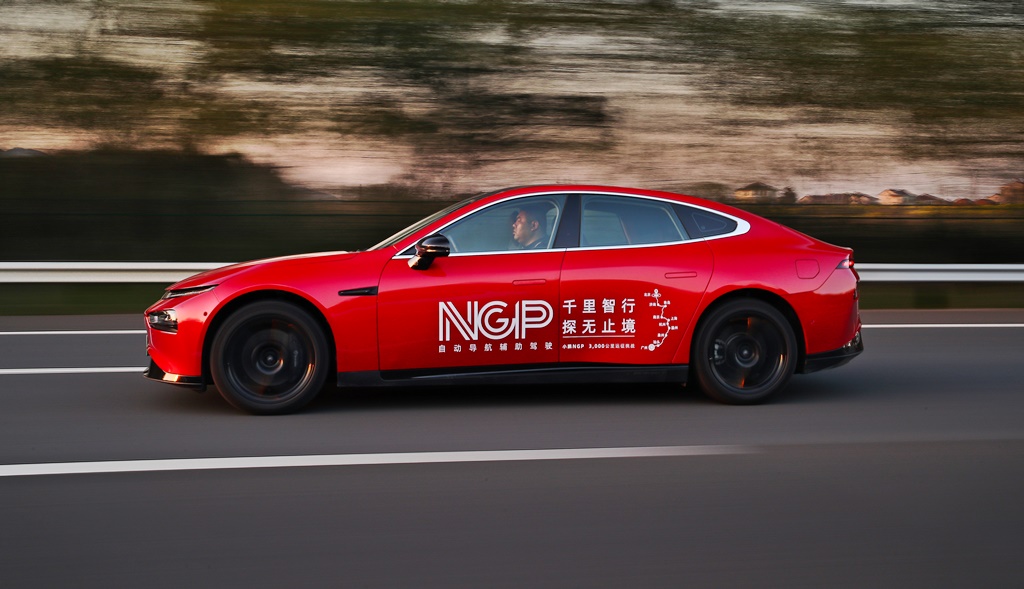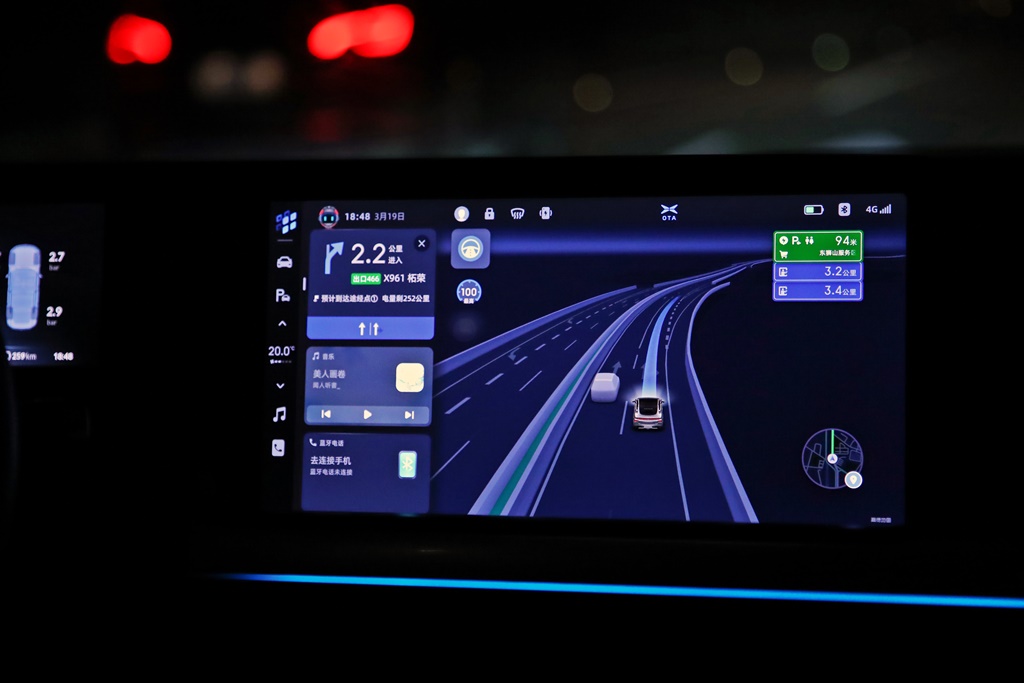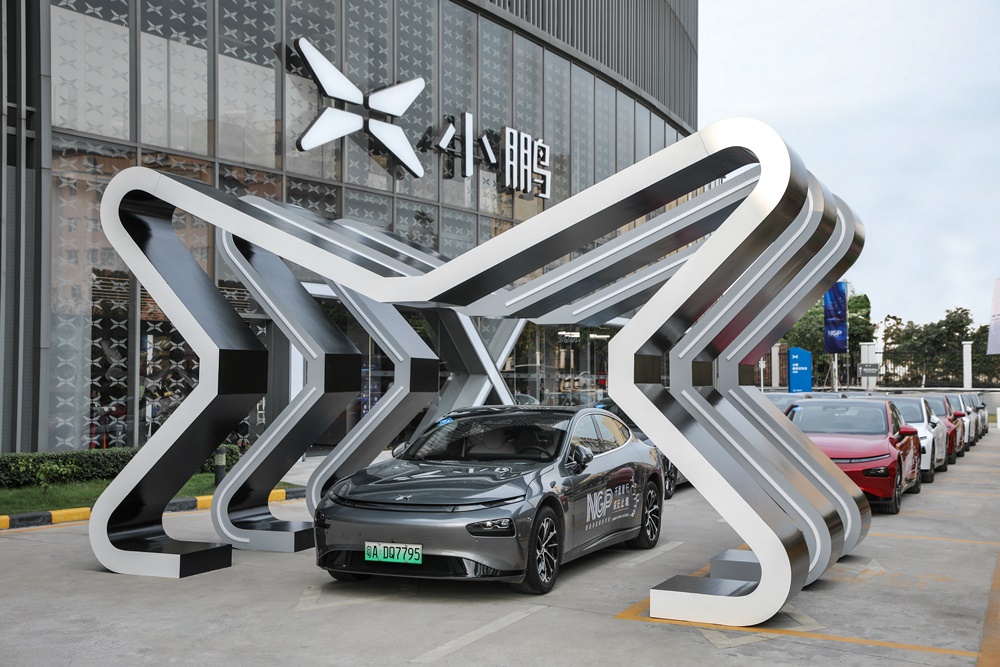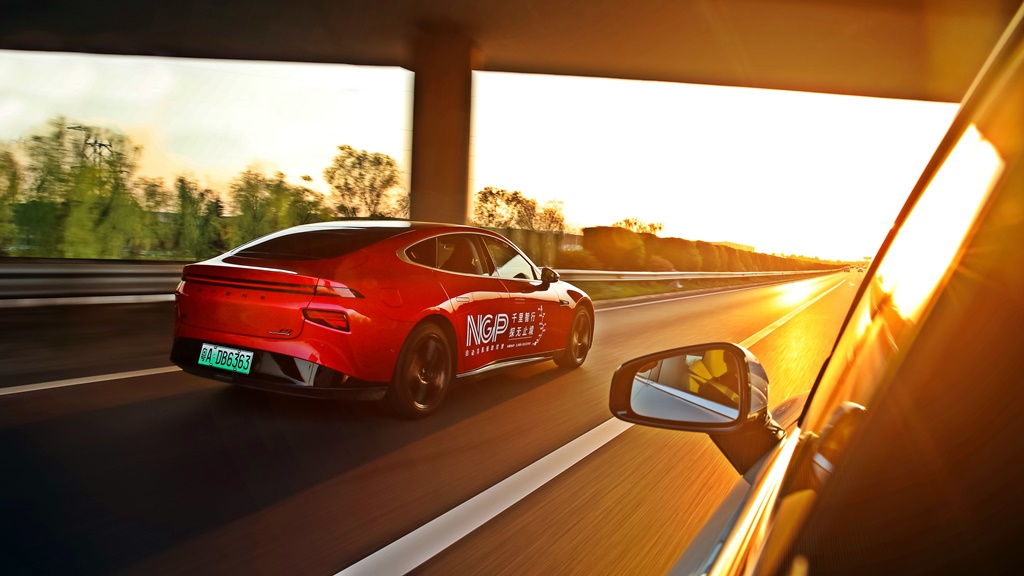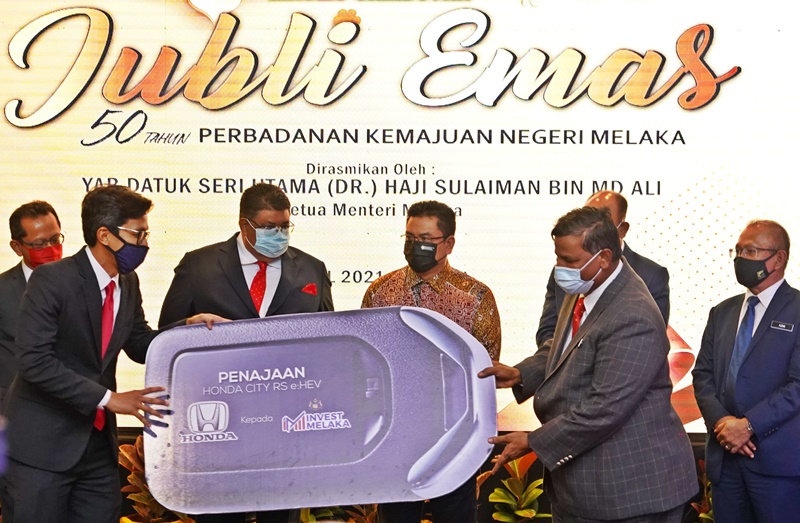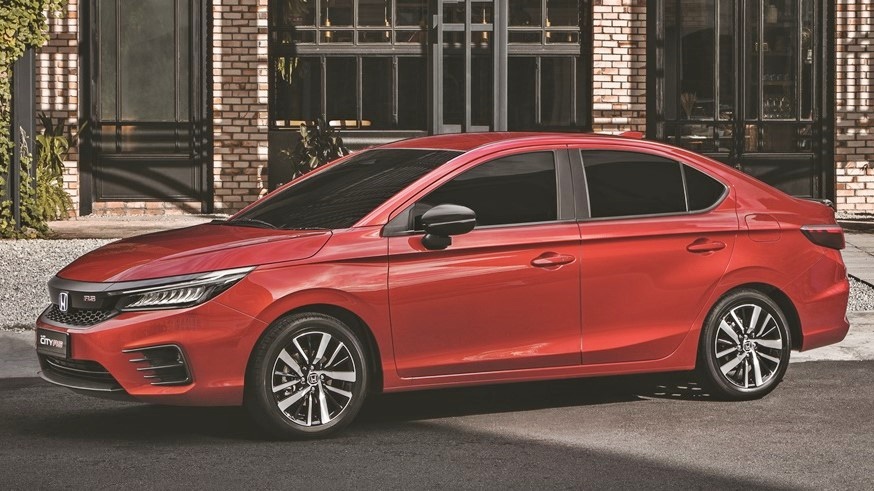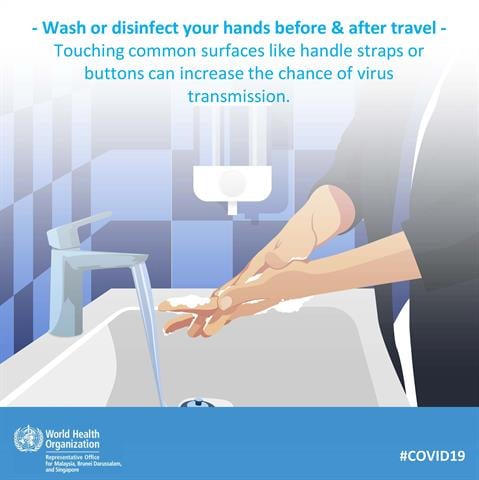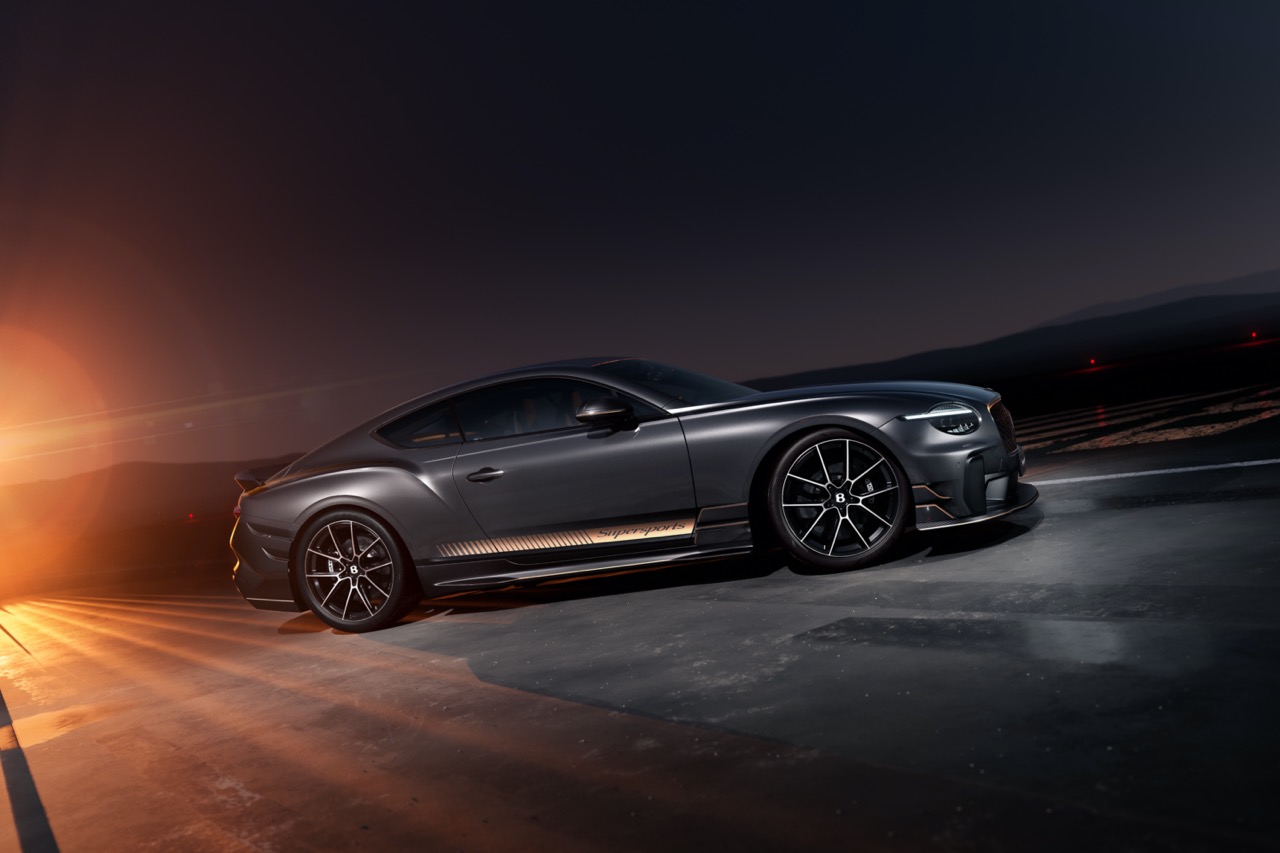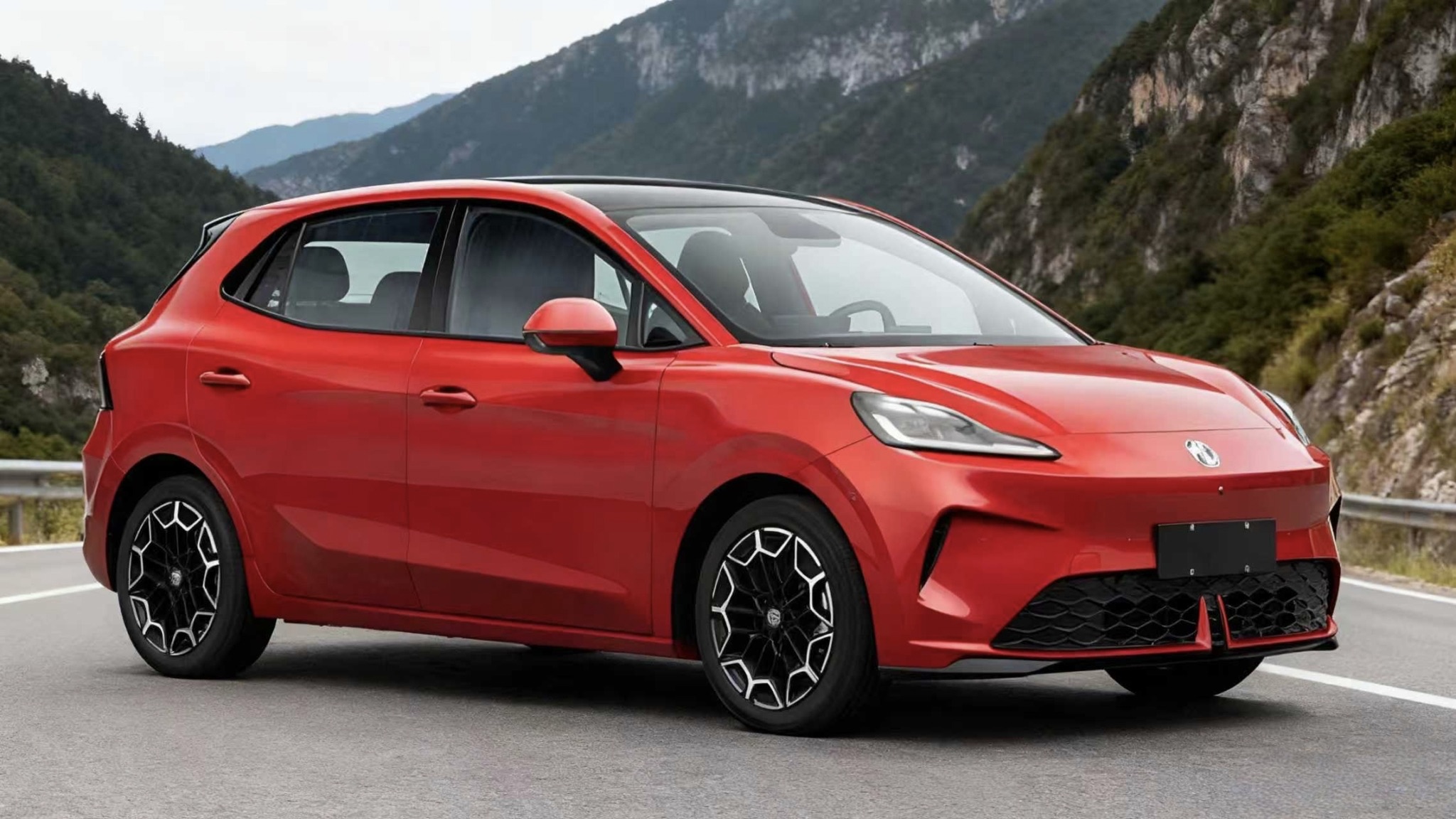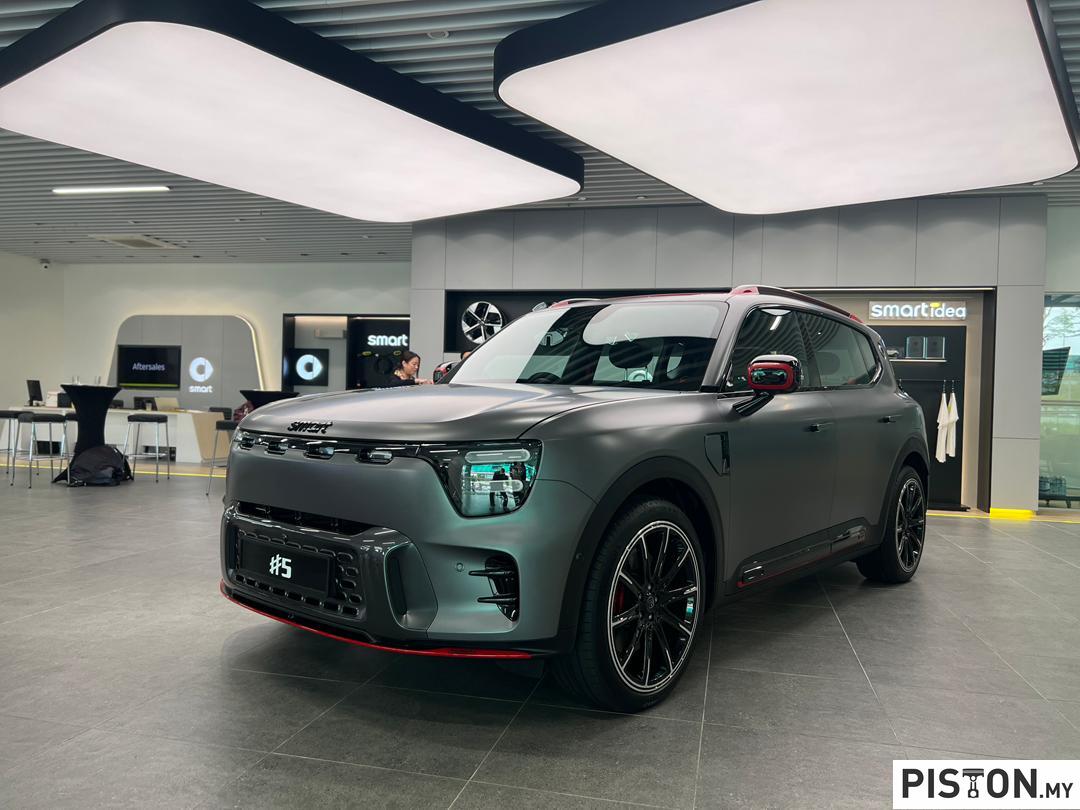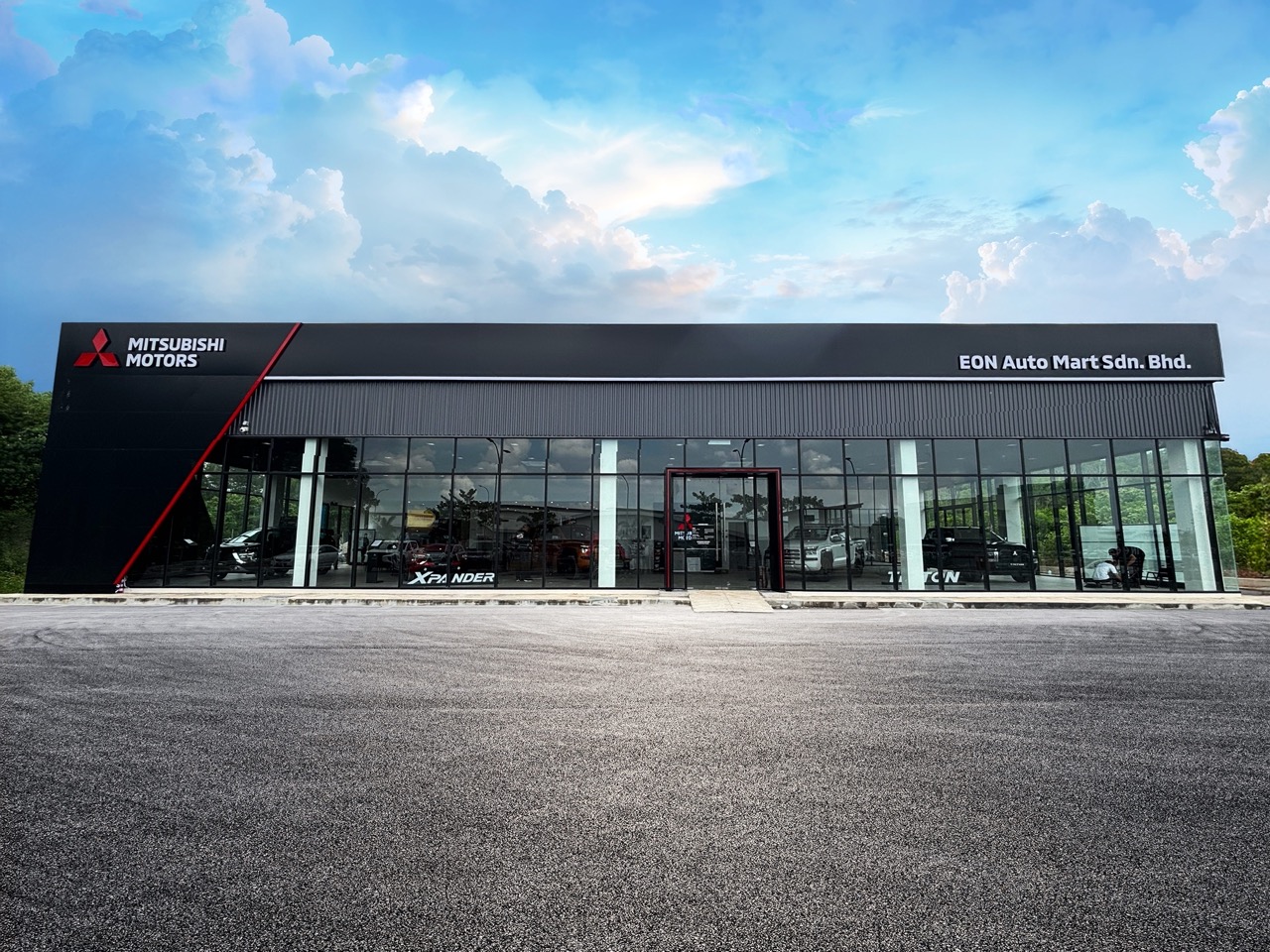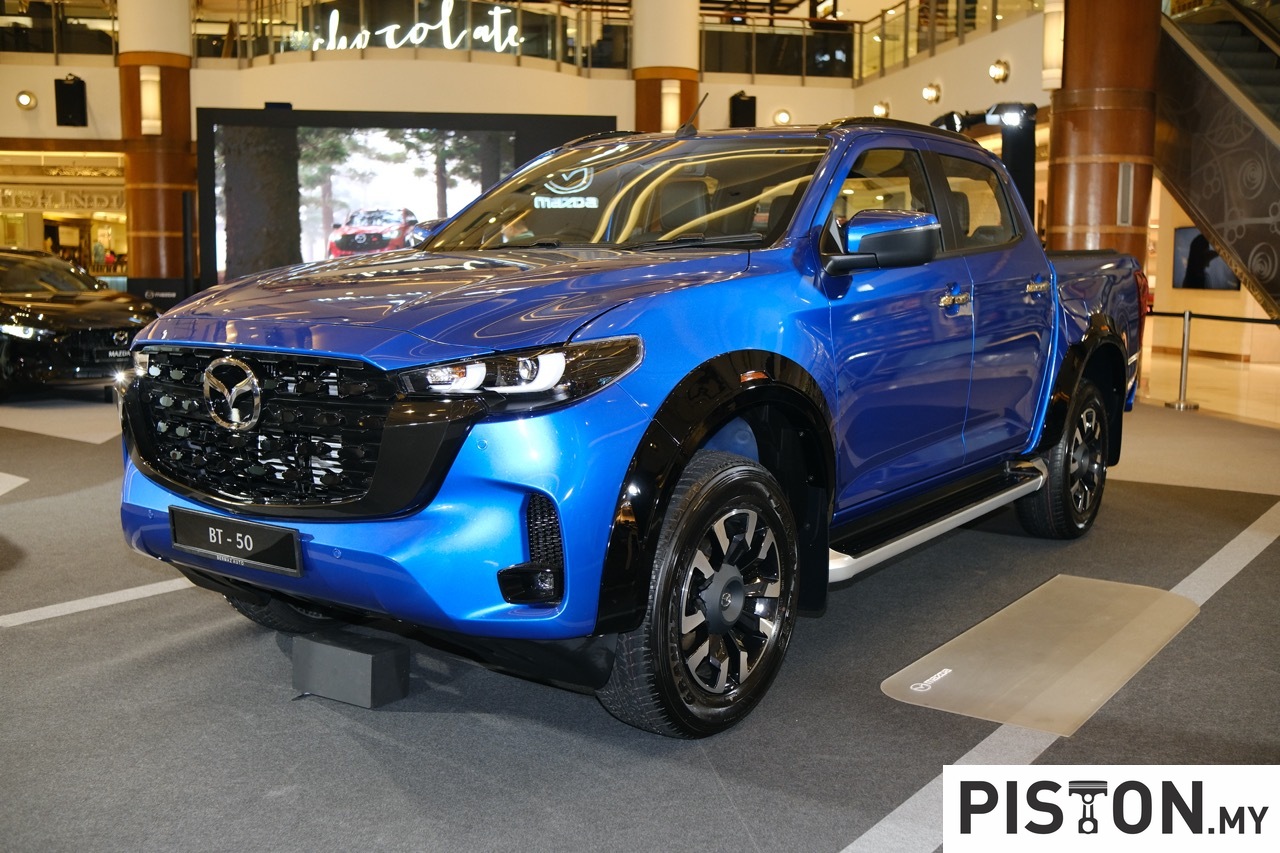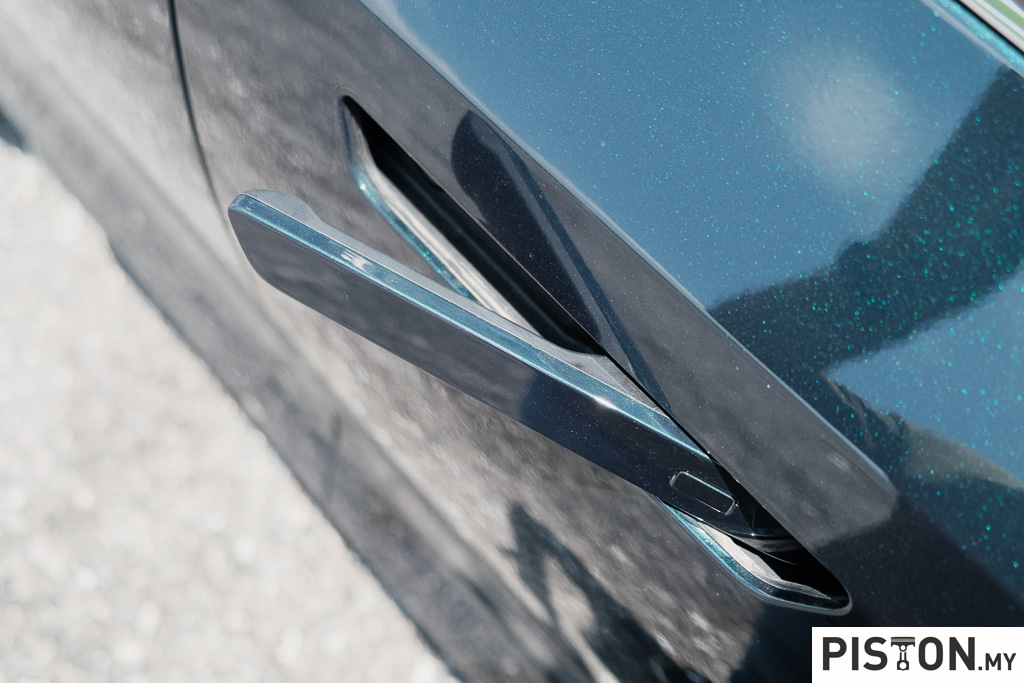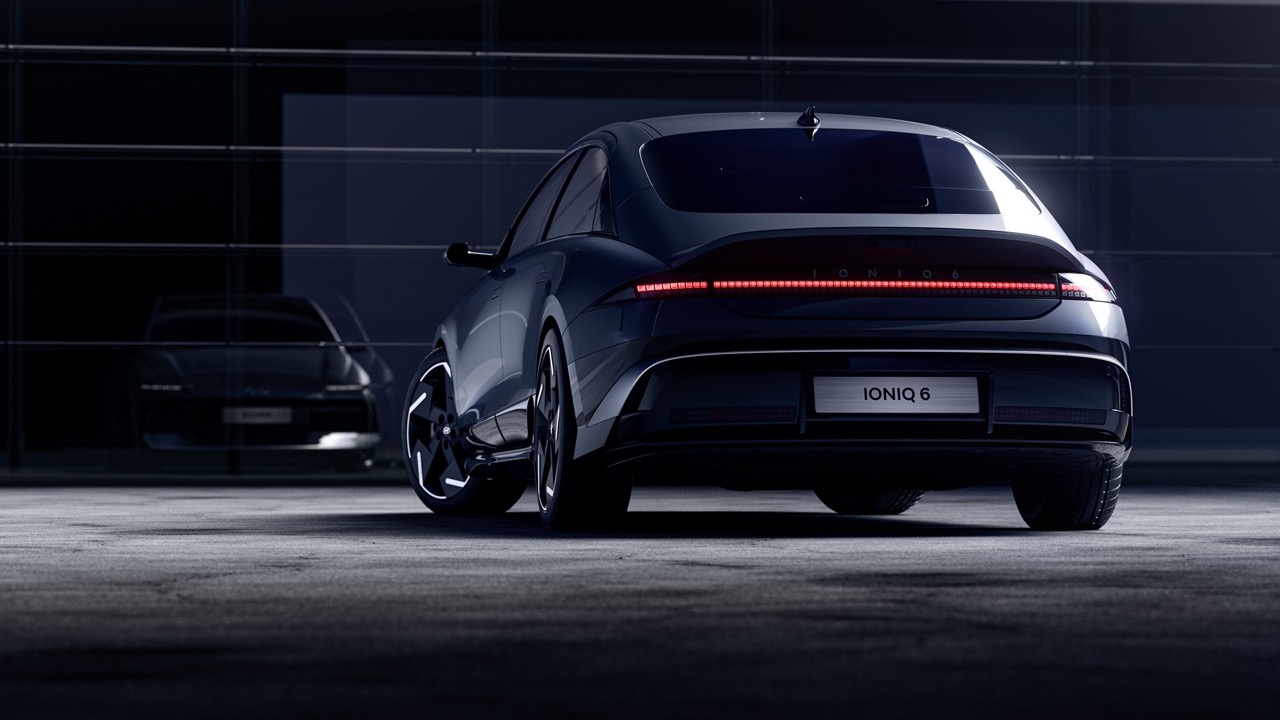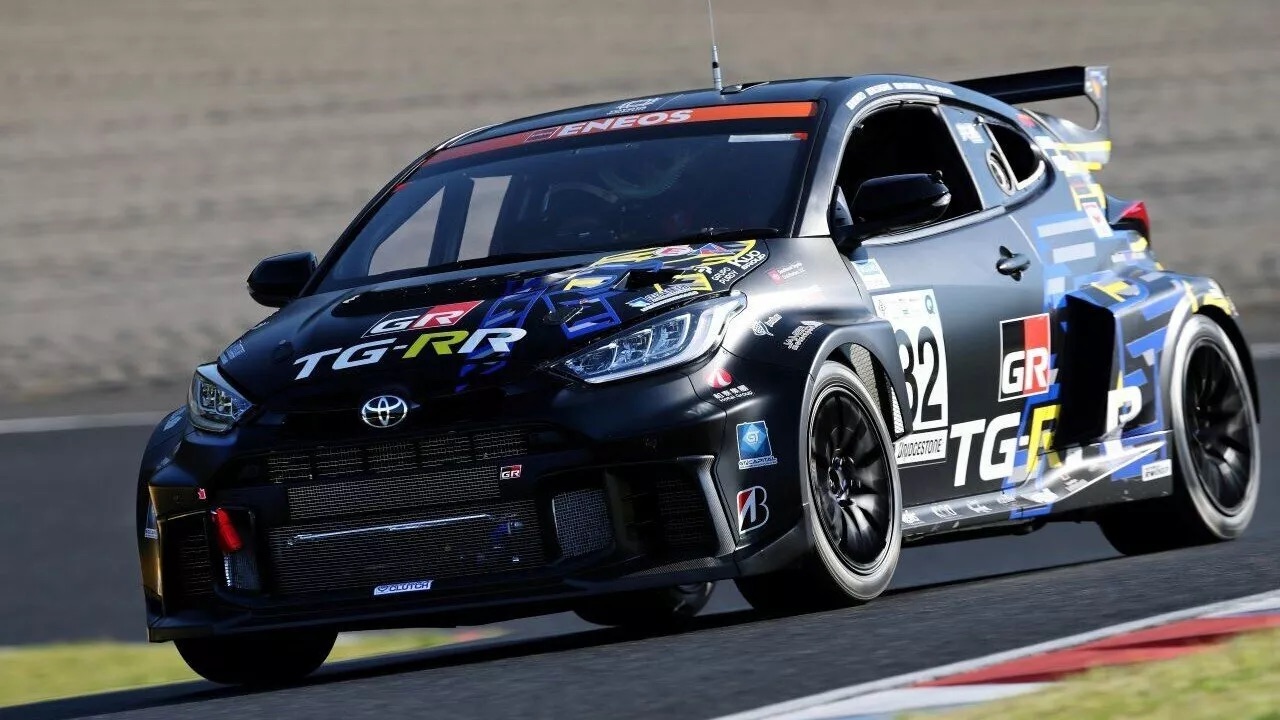
How long do you think it takes to glance at a SMS (text message on your mobilephone) when you’re driving? One second? Two seconds? You’re not alone. Most drivers believe that texting and driving creates only a momentary distraction. This week, Lexus in the USA has released a new video to shatter this common misconception. The average length of time it actually takes to send or receive a text message when you’re behind the wheel is 4.6 seconds, according to the US National Highway Traffic Safety Administration (NHTSA).
Driving for 4.6 seconds with eyes closed
The company’s initiative is in support of national Distracted Driving Awareness Month, established by the American National Safety Council (NSC) more than 10 years ago. Distracted driving is dangerous, claiming 3,142 lives in 2019 (the most recent available data) in America, according to NHTSA. Texting is the most alarming distraction: at about 90 km/h, taking your eyes off the road for 4.6 seconds is like driving the length of an entire football field – with your eyes closed.
In the video called “Driving Disrupted,” Lexus demonstrates exactly what happens when drivers can no longer see the road for 4.6 seconds. Participants get behind the wheel of a Lexus NX on a closed course, thinking they’re taking SUV for a routine test drive. What they don’t know is that they’re not driving an ordinary NX. They’re driving a one-of-a-kind specially modified vehicle called the NX 4.6. It’s equipped with electrochromic technology that turns the windscreen and windows from transparent to opaque instantaneously, completely obscuring the driver’s view for 4.6 seconds. The video captures the chaos that ensues.
“Lexus wants to bring awareness to safety behind the wheel by changing perceptions about texting and driving,” said Vinay Shahani, Vice-President of Lexus marketing. “Even the most advanced safety systems on the road today can’t replace the undivided attention of the driver.”
In Malaysia, under Rule 17A, LN166/59, a motorist will be subject to fines of up to RM1,000, or jail time of up to 3 months. Second-time offenders are subject to fines of up to RM2,000, and/or jail time of up to 6 months. The offence has been considered a non-compoundable offence since the middle of 2020, and offenders will be required to make a court appearance before a magistrate to settle individual cases. Compoundable offences have the provision where the motorist, in admitting guilt, is allowed to pay a specific fine without having to go to court.
About electrochromic glass
By the way, about that electrochromic technology for the glass. It’s like the photochromic sunglasses that darken in strong lighting conditions but more advanced for use in cars. There are various technologies for this, among them using a small electrical charge (at the press of a button) to move lithium ions so that the glass is either light or dark. It therefore eliminates the need to add tinting film.
Electrochromic glass is appearing in more new models, mostly of premium brands as the technology is still fairly new (to the auto industry) and therefore expensive. Over time, like laminated glass which does not shatter when hit by a stone, prices should drop and the glass will be offered in lower-priced models.

